It was a long awaited joy to sail out of Fort Lauderdale after nine weeks of working on the boat. After leaving the harbor we soon found ourselves in steady 25-30 knot winds with a powerful Gulf Stream current pushing against us. At times we had 9 knots of speed through the water, but only 5 knots over ground. The combination of high winds and choppy sea state was a great final test for our new sails and autopilot system, all of which performed flawlessly.
Our first destination after leaving the US is Havana, Cuba. Due to the ongoing US embargo of Cuba, this is a challenging place for most Americans to visit. If we were an American flagged boat our passage to Cuba would be illegal, and even though two of us are British citizens (in addition to American), we are subject to the US laws prohibiting US citizens from transacting any business in Cuba, which means we can’t spend a dime (or peso) here. Fortunately for us, we’re here with Canadian friends and a kind group of yachties who aren’t subject to these rules and who are more than happy to show us around and cover the few unavoidable expenses that may or may not arise… and that’s all we have to say about that.
So here we are just 90 miles south of Florida exploring one of the most bizarre places we’ve ever been, and having the first truly communist experience we’ve ever had. The four hour entry formalities were nothing shy of astonishing as officials from multiple government agencies boarded and searched our boat, completed a thick pile of paperwork, sealed our radios and navigation equipment, and confiscated our emergency flares (the goal is to ensure none of this equipment, or anything else that might be useful in planning a revolution, gets into the hands of the people).
We then hitched a ride to Havana Vieja (the old town) which is where things get very interesting. Havana is famous for its unusual mix of historic cars, many of which are classic American cars from the pre-embargo years, and others are Russian built from the times when Cuba and Russia were close allies. The block-like architecture and vast open spaces are typical of communist and former communist countries. What makes Havana different from other places built under communist regimes is the bright colored architecture and prominent artistic influences – the sights here are unlike anything we’ve seen or heard about anywhere in the world.
Walking around Havana is something that must be experienced to be fully understood. We were hustled constantly by street peddlers, trinket vendors, restaurant solicitors, marijuana sellers, prostitutes, and pimps…. a sucker and his money here will soon be parted. Once you master the art of saying “no”, or just ignoring the hustler chaos, and start enjoying the stunning sights and vibrant life, the place is suddenly becomes truly fascinating.
There’s lots more to say about this unique place, but for now we need to get ready for our Saturday night out in Havana, we’ve promised to make it a memorable one (as much as US 31 CFR 515 will allow anyway).
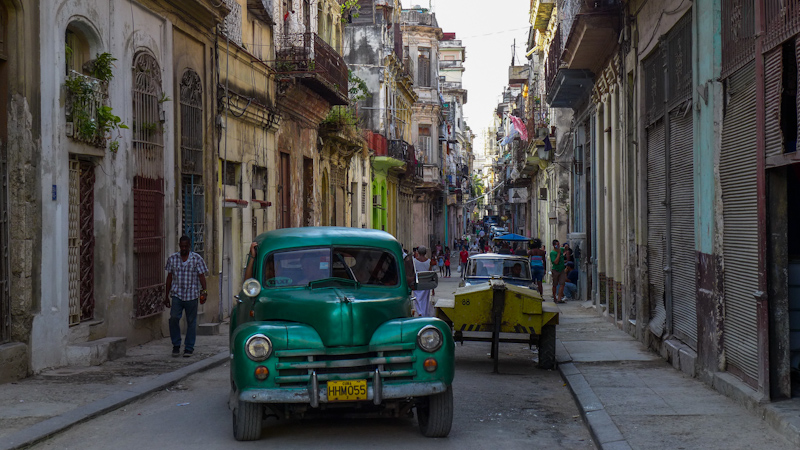
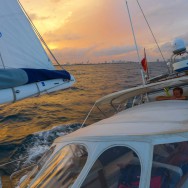
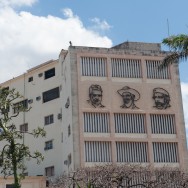
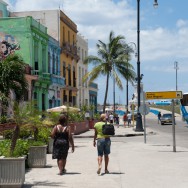
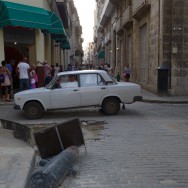
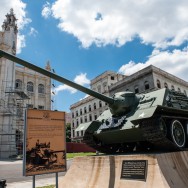
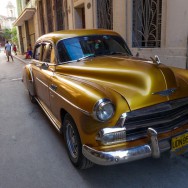
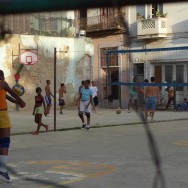
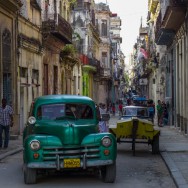
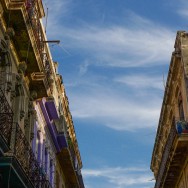
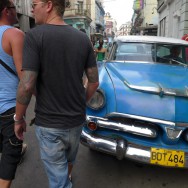

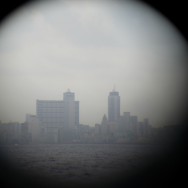
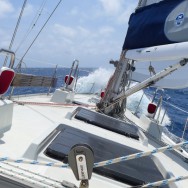
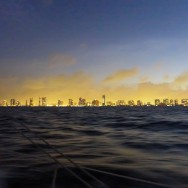
Hi Guys
Jason thanks for the reply to our last email to you. Nice to read the latest from Cuba. Sounds very interesting and the photos look like they came from an old movie set. Very fascinating.
As the Latin phrase goes “Quo Vadis” Where are you going next. Are you headed for the Panama Pacific and on to the Pacific. I hope the boat is finally all 100% in it’s systems.
What sail configuration do you use mostly. Do you use a spinnaker?
Beast wishes to you all from Robin and me
Aidan
What can I say about your article? Well, it’s well-written for one thing, and I found it interesting which is a little unusual for me.
Really appreciate you sharing this article. Much obliged.